Fire Emblem’s Pacing Problem
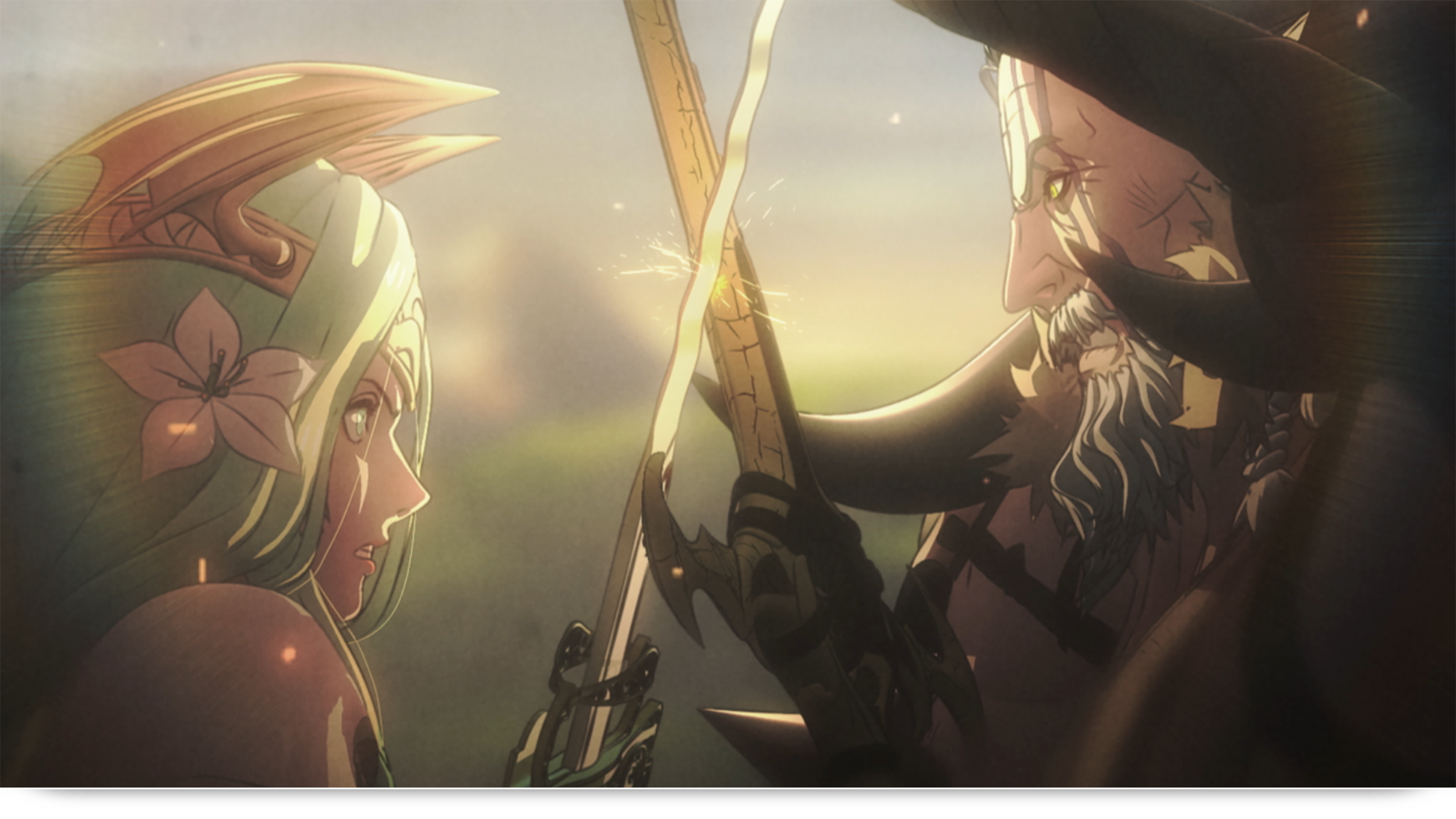
RETROSPECTIVE
 Minor spoilers ahead of Fire Emblem: Three Houses.
Minor spoilers ahead of Fire Emblem: Three Houses.
Earlier this year I treated myself to an early birthday gift: the latest Fire Emblem. I was ecstatic. The reviews were excellent, and the Fire Emblem series is among my favorites. But one thing had me nervous.
During my pre-purchase research, I read about the calendar system and how the game featured a “Persona” style approach to character-building. The idea is you spend a sizable portion of the game interacting with your team and learning more about them. This is a departure from how they’ve done it in the past, where you build relationships with the characters through support conversations, side-missions, the battles, and of course, the plot.
Fire Emblem: Three Houses uses all of these to build character relationships as well, don’t get me wrong, but it adds the calendar as an additional dimension.
Sounds great on paper, but I was hesitant.
A core feature of the Fire Emblem series has always been character-driven storytelling wrapped in high-stakes turn-based battling. The two have co-existed organically for years. The plot would force you into battles. Those battles nurtured relationships with the cast, revealing slightly more about everyone over time. The core gameplay mechanic was battling, and character-development/plot were natural outcomes.
Fire Emblem: Three Houses doesn’t follow that same formula. Instead, much of the development and storytelling happens during the “exploration” part of the game where you talk to the cast from your home base.
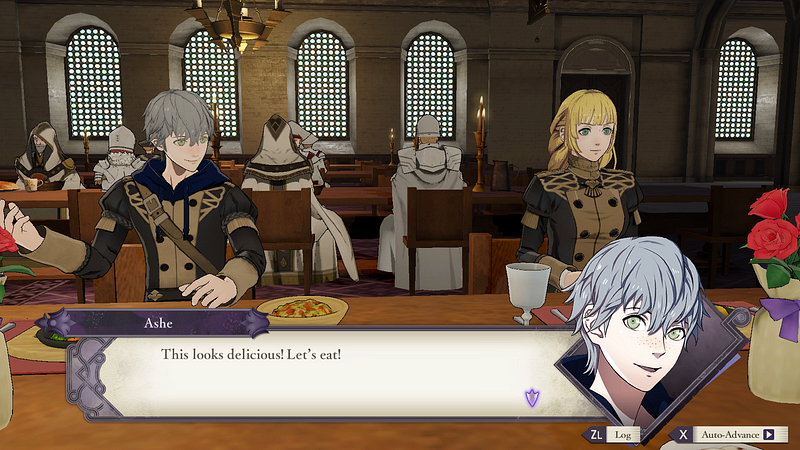 Source: Nintendo.
Source: Nintendo.
Here’s where the problem starts to come in. The time you spend at home base getting to know the characters (among other things that I’m grouping into the same category, like “instructing,” which yields skill experience) ends up being such a large part of the game that it makes the battles feel like an afterthought. And since the major plot points happen in-tandem with the battles, the story ends up feeling slow and muddled.
Truth be told, it took me nearly 6 months to finish this game, despite the fact that, overall, I loved it. The problem is that I would play a chapter, fight a battle, get super hyped about the story… and then return to the monastery.
Once at the monastery, the game would go over the “wow huge plot point” and act as though it had critical significance, but then force me to spend the next month (of in-game time) doing the same auxiliary quests, talking to all of the characters to get their input, and largely ignoring whatever major thing just happened.
Your initial thought might be, “Well, why didn’t you just skip through it?”
Because that’s not Fire Emblem. Fire Emblem is not a game for skipping content. Fire Emblem is about talking to your crew, building the dream team, and getting attached to their relationships with each other. The gems in these series have always been hidden between the lines.
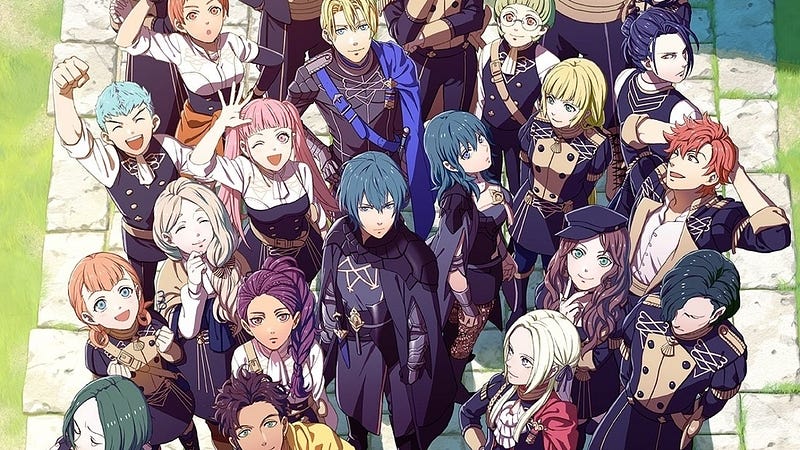 Source: Nintendo.
Source: Nintendo.
But in Three Houses, what I’d expect to be in-between the lines ended up being a bunch of shallow filler and redundant “gameplay.” Why do I need an entire “instruction” day to add a small amount of skill experience to my units? This used to happen automatically by just using the units in battle. What’s the point of going to the shopping district when all of the things they sell there are available in the battle screen?
All of these “features” slow down the game but for little gain. And in Fire Emblem, a series typically set around plot twists and player choices, all this ends up doing is make the story feel unimportant. By the time I finished the month, I had almost forgotten whatever major plot point happened before, and whatever new plot point they would introduce had less impact.
I think the worst example of this was in the Golden Deer route when sieging the Imperial Army. I thought “Oh boy, major battle after major battle here we go.” The game sets it up as this long conquest, which is a classic move for Fire Emblem.
But in-between each battle guess what happens? That’s right. Somehow they decided it would be a good idea to break immersion and put you all the way back in the Monastery which is supposed to be hundreds of miles out of your way.
Stuff like this shatters what would otherwise be a well-paced game.
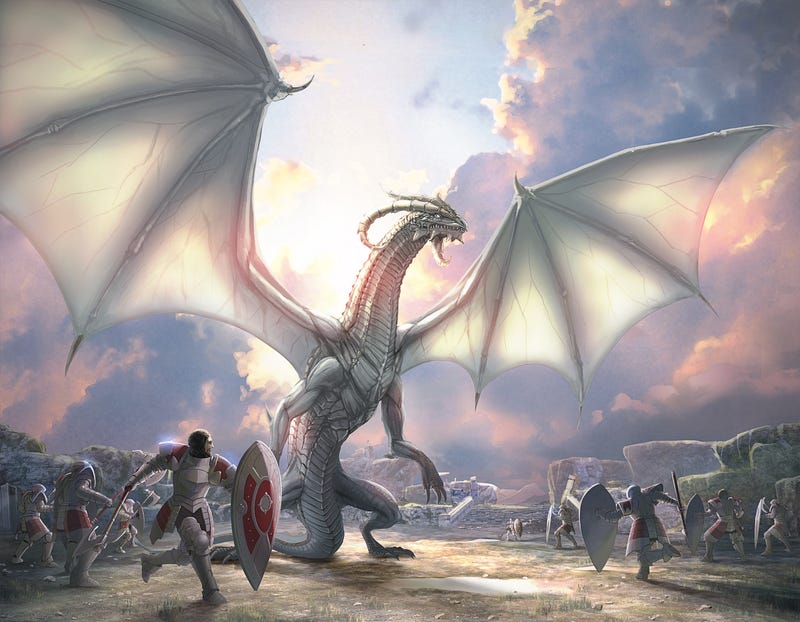 Source: Nintendo.
Source: Nintendo.
In my opinion, the previous games in the series did not suffer from this, even though they often had side missions or other departures from the main plot. This is due to the fact that the side missions felt meaningful and maintained pacing, even though they weren’t necessarily directly related to the game.
What do I mean by “maintained pacing?” Let me give an example from another game that did it right. Not so coincidentally, let me talk about Persona 5, which laid the blueprint for this calendar system.
In Persona 5 you have a similar setup. A major plot point happens roughly every month followed by exploring a dungeon, and in-between those plot points you spend time learning about your team, exploring the city, and more.
Yet the game does not slow down. In fact, it seems to speed up.
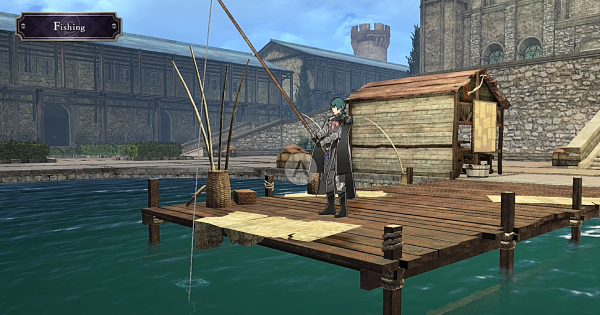 Sorry team, hold down the front-lines. I’ve got to fish. Source: Nintendo.
Sorry team, hold down the front-lines. I’ve got to fish. Source: Nintendo.
That’s because what you do in Persona’s downtime feels important in the larger context of the game. The interactions you have with the major characters in this downtime build in distinct, standalone ways that make you excited to play that part of the game. They add flavor to the overall experience in a way that isn’t forced and doesn’t feel repetitive. Most of all, these in-between periods work in the context of the game. There’s a reason for the time between events, and due to the events in the plot, that time feels precious. Every day counts. If you don’t do something fast enough, you lose the game.
Contrast this to Fire Emblem, where the time feels completely random and the jumps back to the Monastery (as pointed out above) often feel arbitrary or worse. There’s often no sense of why there’s a whole month between plot points, or what the point of even returning to the Monastery is.
The value of slower pacing
After all of that, a natural conclusion might be that games should just avoid slow pacing, but that’s far from true. Some games only really shine because of a slower pace.
One great example is The Legend of Zelda: Breath of the Wild.
Here’s a game with near-perfect reviews and a hungry following years after being released. An old friend described it as a “quiet masterpiece.”
Saying that the game is slow is an understatement. The game lets you do whatever you want at whatever pace you want, and due to the grandeur and scale of the world, the pace is naturally slower. The majesty of BotW accumulates over time. It’s a long, beautiful journey into a serene apocalypse.
That’s not the kind of experience you can rush.
Downtime wasn’t all bad…
Despite my negativity, there were redeeming qualities to the downtime, especially early in the game. Having the opportunity to talk to all of the characters and explore the Monastery was fun. It added a new element to the series, which is always refreshing in a game like Fire Emblem that owes success to its tried-and-true formula.
Personally, I would have loved if they just cut this part out of the game after a certain point. By the end of the game, I was just going through it as fast as possible because it felt so unimportant compared to the larger scope of events.
If instead, they could have found a way to shorten or condense it, as well as modify it so it made sense within the context of the larger narrative (i.e. not jumping back to the base in the middle of a conquest halfway across the continent), I think it would work better.